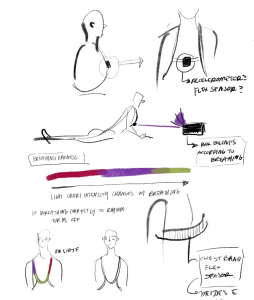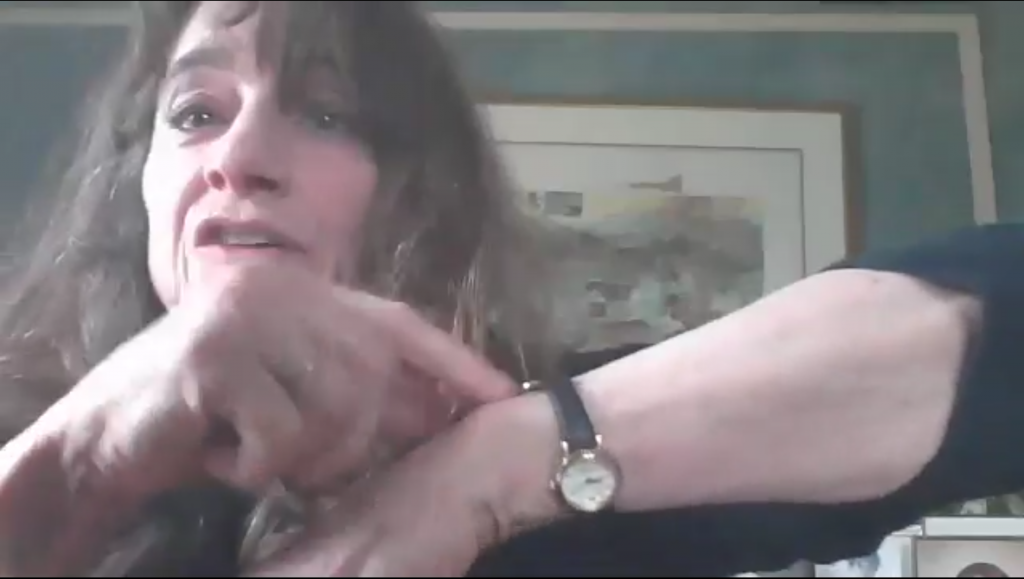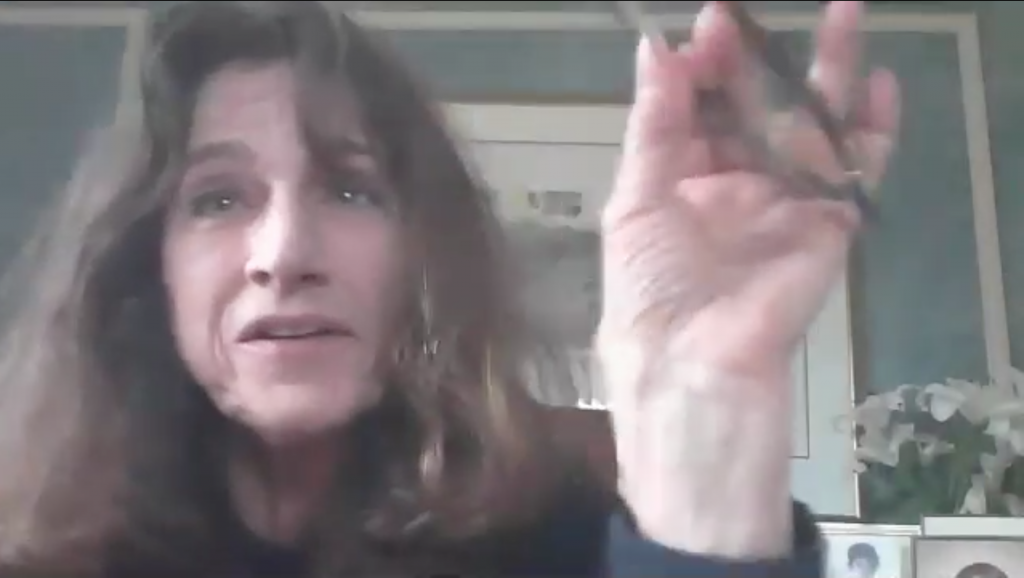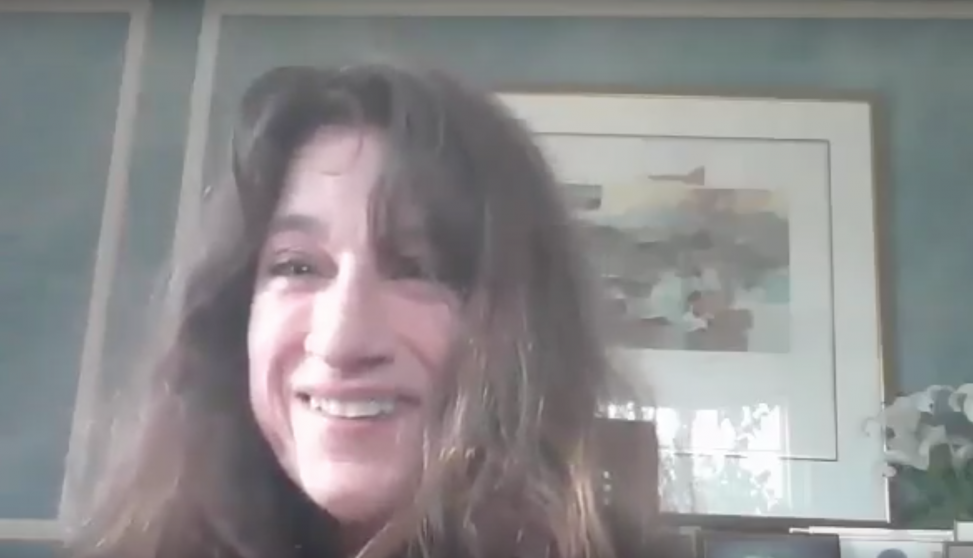Introduction
We are Chloe, Elizabeth, and Ivan, undergraduates at Carnegie Mellon and members of TEAM DIANE. For our final project in our Intro to Physical Computing class, we are tasked with creating a personal assistance device for a OSHER student here at Carnegie Mellon. OSHER is a program at CMU that offers life long learning experience for the older/retiree population. The goal of this project is to solve an everyday problem for an OSHER student using Arduinos. Our group is assigned to a lady named Diane. This post documents our first hour long meeting with her where we discussed the scope of our project, and tried to dig into her everyday routine and pinpoint problems and items that we can solve or streamline by creating a custom made Arduino device. Obviously, due to the COVID-19 process, this was done not in person, but through zoom.
Meeting Agenda/Planning
Introductions! – Explain our timezones!
Scope of Project:
Show Diane Project 2 samples and Past Project 3’s
Explain Limitations due to COVID-19
More theory and online than hands on
Looking for 3 project ideations!
Ask for thoughts
Questions to ask:
OPEN WITH: Are there any problems off of the top of your head that you think could be within the scope of this project
What does your everyday routine look like?/What does a normal day look like to you?
Do you have any jobs or volunteering locations? What are those places like?
What are your hobbies? – What do you wish you can change about how you approach them?
What did you like to do that now you cannot? (Find a way to segue this so it doesn’t feel like we are offending her age.)
How do you interact with your family?
What social circles do you maintain? How do you maintain these social circles and what do you do in them?
Wrapping Up:
Questions you think we should’ve asked but didn’t?
Any additional questions for us?
Explain timeline of project: Expectation to set up next meeting after ideation
Meeting Summary
From our initial interview, our team was delightfully surprised to learn that Diane subverts the trope of an “elderly person.” Unlike the typical image in our head that elderly people don’t move around as much, Diane is full of stamina – having “more energy than an old person should have,” according to Diane herself. We learned that a large part of her identity comes from being an athlete. She used to run miles everyday, and she can even outperform young people in energy-intensive tasks due to her strong endurance.
While her high energy and spirits were palpable through the screens, we learned that her most prominent issues rooted from this delightful trait as well. While she loved doing high-impact exercises in the past to release her energy, she can no longer enjoy those activities due to osteoporosis, a condition that makes her bones brittle and weak.
As such, much of our conversation revolved around how to help Diane cope with her excess energy, such that she can find “peace and comfort in being less active.”
To begin our conversation, we asked Diane of her current measures to meet this desire. Nowadays, her excess energy is typically relieved through low-impact exercises, like pilates and yoga. However, she has difficulty clearing her mind through these alternatives, as she was so accustomed to high-adrenalin exercises for most of her life. As such, we discussed how Diane could better enjoy pilates by having a guide that helps her breathe and focus on her body. Hence came the idea of the pilates breathing helper, which became one of our final ideas for our ideation.

Pilates breathing helper idea, based conversation with Diane of how she wants to better enjoy pilates
On a similar note of helping Diane find peace with her excess energy, she described how she is often very restless, making it difficult to not fidget when working with other people. To cope with this, she always has a theme song in her mind to regulate the sounds of her brain. However, as she can’t always play music when working with other people, we bounced around the idea of having a custom metronome instead, to help her “calm” down in times when she is overly fidgety. Diane was quite fond of the idea, and we found this to be a fruitful tree to bark on for our final ideation.

Diane explaining how she would like the personal metronome to be like on her wrist
Finally, we touched upon other interesting aspects of Diane’s life that weren’t directly related to releasing excess energy. She enjoys weekly FaceTime calls with her grandson in Chicago, during which they read a book together remotely. From this conversation, we discussed the idea of having a pair of synced book-pointers that helps Diane and her grandson land on the same page together. Diane also mentioned that she keeps multiple glasses but often forgets where she puts them, leading to our idea of making a glasses locator around her house.

Diane showing us her plethora of reading glasses she needs for different things: piano, reading, etc.
In all, Diane and our team discussed a lot of ideas together, rather than just listening to different needs that she has in her life. This was particularly helpful, as it helped us narrow down our final ideas efficiently and effectively.
Post-Meeting Thoughts and Discussion
The meeting went fairly great, it seemed to sidetrack a little bit in the beginning, because she had some difficulty in understanding to which extent it is possible for us to ideate it. For example, she wanted a device that could play music, which already is a widely-spread existing function in most phones. However, after our brief introduction of what is capable and what is not, the conversation was back on track. We did not have much struggle with starting the conversation and coming up with ideas, because Diane was very engaged in the conversation and had many ideas to offer us. Next time, it would be better for interviews if we begin with the introduction to our capability. Then it would make our meeting more concise and more straightforward. We did not have any more questions to ask afterwards, since Diane gave us a very specific explanation on what she is looking for and what her needs are. We had three ideas afterwards which are breathing helper, vibration beat bracelet, and glasses tracker.

Comments are closed.